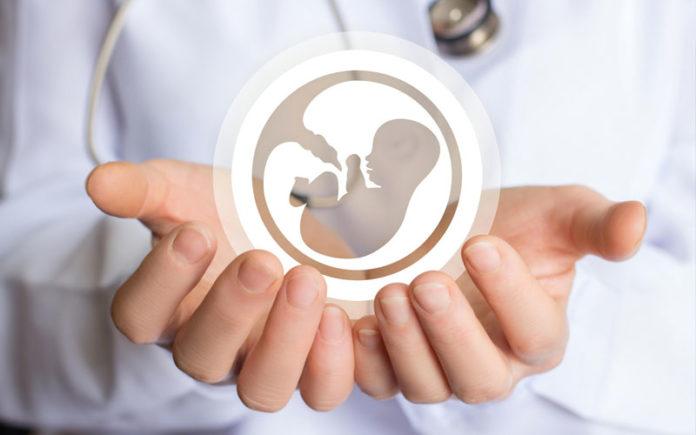A group of researchers has recently achieved a significant milestone in the 3D printing o an artificial ovary for human implantation. The researchers have identified the location of structural proteins within a swine ovary, a finding that will contribute to the ongoing development of an ink. That ink will contain proteins and will be used in the fabrication process via AM.
“This is a huge step forward for girls who undergo fertility-damaging cancer treatments,” explained Monica Laronda, PhD, senior author of the work and Director of Basic and Translational Research, Fertility & Hormone Preservation & Restoration Program at Ann & Robert H. Lurie Children’s Hospital of Chicago. “Our goal is to use the ovarian structural proteins to engineer a biological scaffold capable of supporting a bank of potential eggs and hormone producing cells. Once implanted, the artificial ovary would respond to natural cues for ovulation, enabling pregnancy.”
The research underwent its first milestone in November 2019 when Laronda received a patent for the fabrication of an artificial ovary. Together with the team, they 3D printed a synthetic ovary and implanted it into a mouse in one trial. After a successful pregnancy, the mouse gave birth to offspring. From then on, Laronda and her colleagues remain optimistic about translating this discovery into a solution for women.
“The structural proteins from a pig ovary are the same type of proteins found in humans, giving us an abundant source for a more complex bio-ink for 3-D printing an ovary for human use,” Laronda said. “We are one step closer to restoring fertility and hormone production in young women who survive childhood cancer but enter early menopause as a late effect. There are still several steps to go and we are excited to test our new inks.”
“We have developed a pipeline for identifying and mapping scaffold proteins at the organ level,” Laronda concluded. “It is the first time that this has been accomplished and we hope it will spur further research into the microenvironment of other organs.”
The full report of these researchers’ work was recently published in the journal Scientific Reports.
Featured image via LDN Science. Remember, you can post free of charge job opportunities in the AM Industry on 3D ADEPT Media or look for a job via our job board. Make sure to follow us on our social networks and subscribe to our weekly newsletter : Facebook, Twitter, LinkedIn & Instagram ! If you want to be featured in the next issue of our digital magazine or if you hear a story that needs to be heard, make sure to send it to contact@3dadept.com. Happy New Year!






